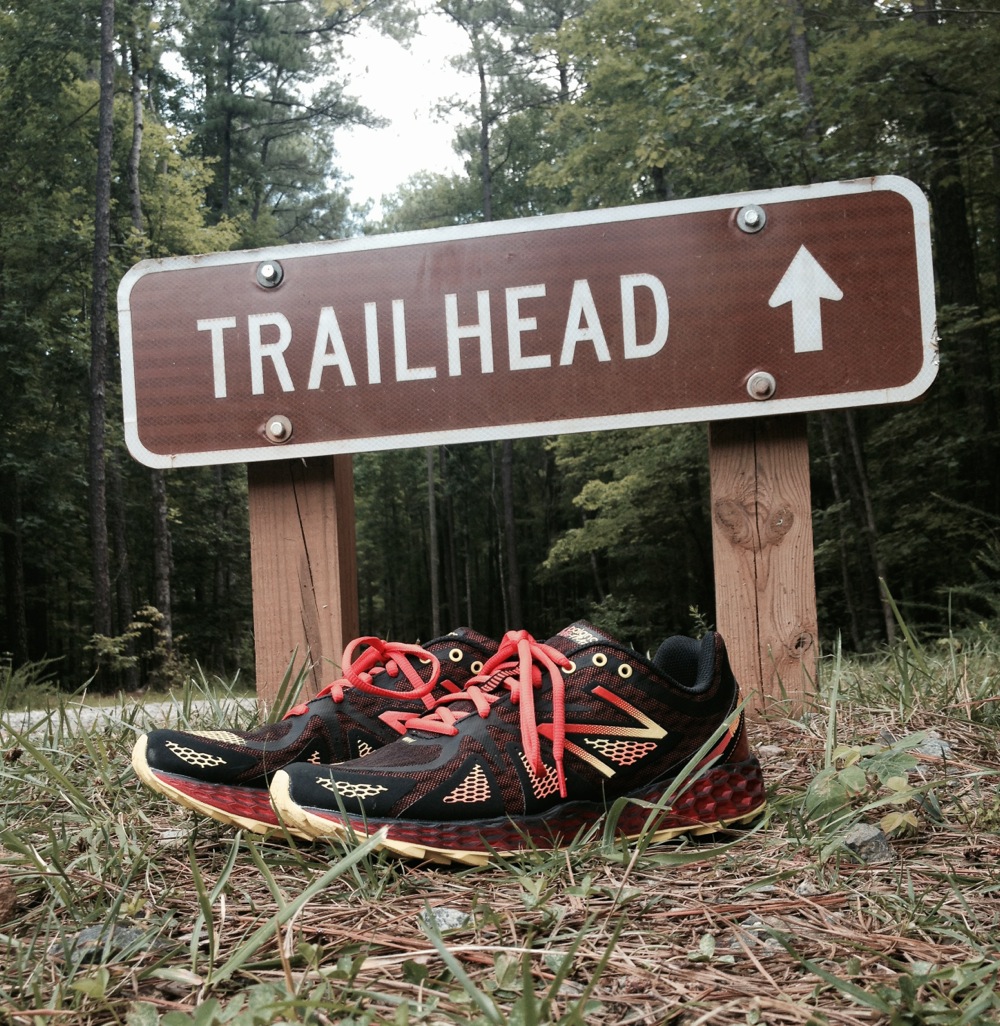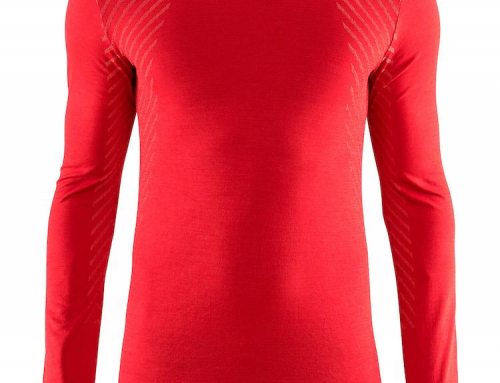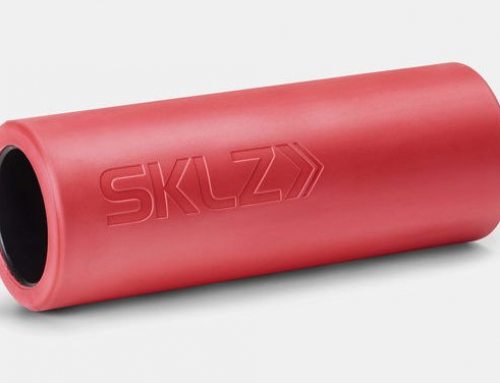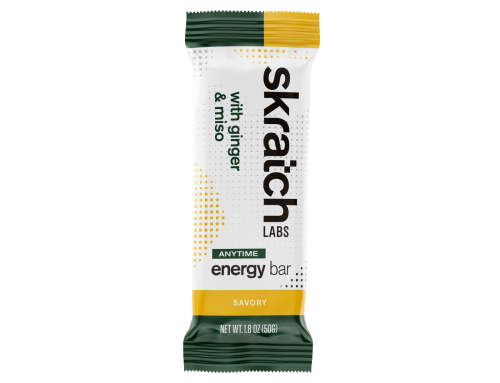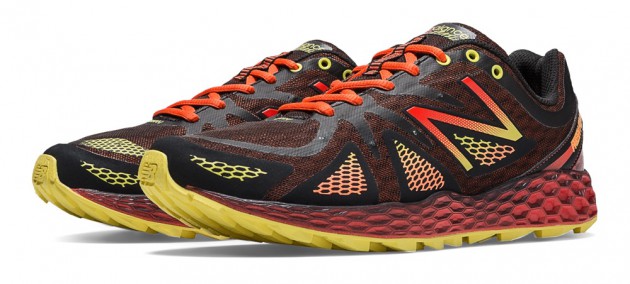
By Joe Nuss
I’ve become such a fan of New Balance’s Fresh Foam 980 Road Shoes that I’ve been wearing them everywhere (even as my everyday kick-around shoes). In addition to paved roads and greenways, I’ve been using them on the dusty hard-packed bridle trail at Umstead, the rocky and knobby-rooted sections of the Mountains to Sea Trail by Falls Lake, and the rugged Company Mill and Sycamore trails at Umstead. So, when I heard New Balance was coming out with a trail version of the Fresh Foam 980s, I knew exactly what they needed to do:
- Add a gusseted tongue to keep out debris
- Use a finer, more durable mesh to keep out dust and let out water
- Maintain the same flexible outsole but with added lugs to address muddy conditions
New Balance addressed issues 1 and 2 appropriately. The new, more durable mesh of the upper goes all the way down to the midsole to allow for good drainage. While I haven’t done any deep-stream crossings in my test runs, I did splash through a shallow creek on Umstead’s Loblolly trail and the shoes drained well. In regard to dust and debris, judging by the appearance of my white socks, these shoes do a great job of keeping out even fine dust like that from the hard-packed bridle trails at Umstead. Debris is not a problem with the gusseted tongue that goes up about two-thirds of the way.
For the record, these are all things that I think most trail shoes do well. It’s sort of a pass or fail grade versus a letter grade. A trail shoe either achieves these things or it doesn’t. What differentiates trail shoes from each other is really the outsole. Unfortunately, there is no one outsole of a trail shoe that perfectly suits all conditions and terrains. It all comes down to the depth and spacing of the lugs. Deep lugs provide better traction in extended muddy conditions but inhibit performance on hard, dry surfaces (think track spikes on concrete but not quite as dramatic). Not enough spacing between lugs and the outsole lessens the ability to shed mud, the sole cakes up with mud, and the lugs become useless. So, when it comes to the New Balance Fresh Foam Trail Shoes, or most any other trail shoes for that matter, it’s more about whether this is the right trail shoe for the conditions and terrain you will encounter.
So, in regard to the Fresh Foam 980 Trail Shoe outsole, let me say first who this shoe is not for: It’s not for mud runners. New Balance has some great shoes for mud runners but this is not one of them. The lugs are too close to consistently shed mud on a typical Spartan Race- or Warrior Dash-type mud run. So, who is this shoe best suited for? It’s best suited for the single-track trail runner who may encounter some brief patches of mud on a rocky, knobby-rooted trail run. I’ve seen a few pairs of trail shoes with lugs that are deep enough and spaced far enough apart to work well in a lengthy muddy trail run on a rainy day, but those are not your everyday trail shoes. Those are a second pair of shoes to keep around for just the right rainy and muddy conditions.
The lugs on the Fresh Foam Trail Shoes provide all the necessary grip on climbs and descents, as well as traction in typical mud conditions on the trail. The depth and spacing of the lugs on these shoes are well-suited for the aforementioned terrain and conditions as well as some brief transitions to hard-pack terrain or even road.
What I like most about the Fresh Foam 980 Trail Shoes is the cushioning. New Balance’s Fresh Foam provides an amazing midsole. The 980 Trail Shoes are just as plush as the road version, which allows for your foot to really settle into the insole of the shoe rather than riding on top of the insole as you would in shoes with a stiffer midsole. The effect is a very comfortable ride over diverse terrain. I’ve run up to 8 miles on some challenging terrain in these shoes and the cushioning was sustained throughout, softly cradling my foot from start to finish.
Unfortunately, having run in my Fresh Foam Road Shoes so much on the same trails, I had become accustomed to the flexibility of the soles. I was disappointed in the stiffness of the outsole on the trail version. I felt I lost a bit of feel for the trail and the outsole detracted from the cushioning the Fresh Foam provided.
Overall, I think this is a great first version of a Fresh Foam Trail Shoe. All the major trail-running concerns have been addressed by New Balance in this shoe. In fact, if you’ve never run in Fresh Foam before, this will likely be your favorite trail shoe. While longer distance trail runners tackling consistently rocky and root-filled terrain will probably appreciate the stiff outsole, shorter distance trail runners like myself will want a bit more flexibility.


